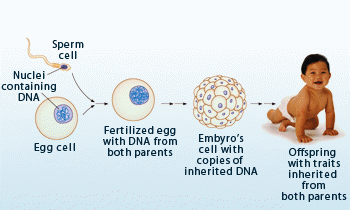 Sequential steps involved in mammalian development.
By the end of the first trimester of human development, rudiments of all the major organs have developed from the three germ layers
Sequential steps involved in mammalian development.
By the end of the first trimester of human development, rudiments of all the major organs have developed from the three germ layers In most of the mammalians, fertilization takes place in the oviduct, and the earliest stages of development occur while the embryo completes its journey down the oviduct to the uterus.
Gastrulation begins after implantation is completed as cells move inward from the epiblast to form the embryo. The yolk sac encloses fluid–filled cavity and the yolk sac membrane of mammals is a site of early formation of blood cells, which later migrate into the embryo proper. While extraembryonic membranes are being formed,the trophoblast continues to expand into the endometrium. The invading trophoblast, mesodermal cells derived from the epiblast and adjacent endometrial tissue all contribute to formation of the placenta. The fourth extraembryonic membrane, the allantois, is incorporated into the umbilical cord. Here it forms blood vessels that transport oxygen and nutrients from the placenta to the embryo and rid the embryo of carbon dioxide and nitrogenous wastes. The completion of gastrulation is followed by formation of the notochord, neural tube, and osmites, the first events in organogenesis. By the end of the first trimester of human development, rudiments of all the major organs have developed from the three germ layers.